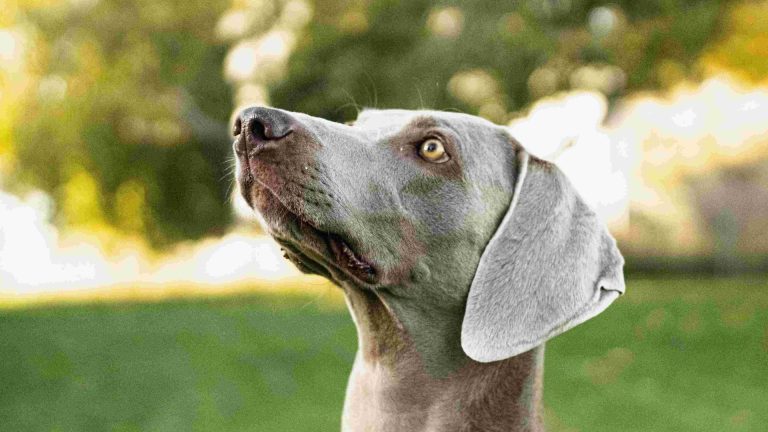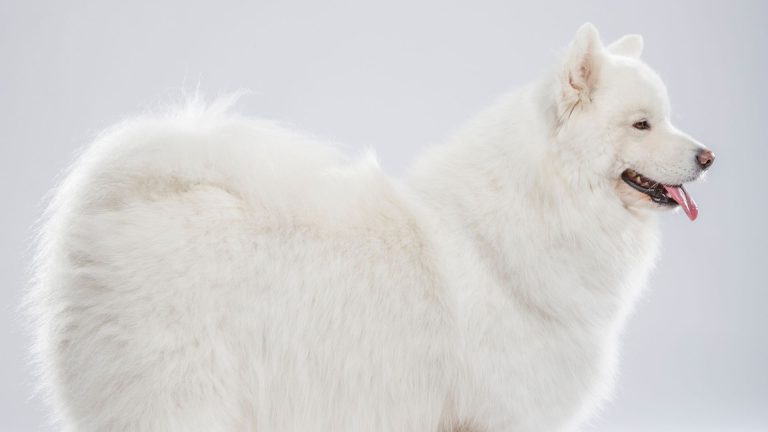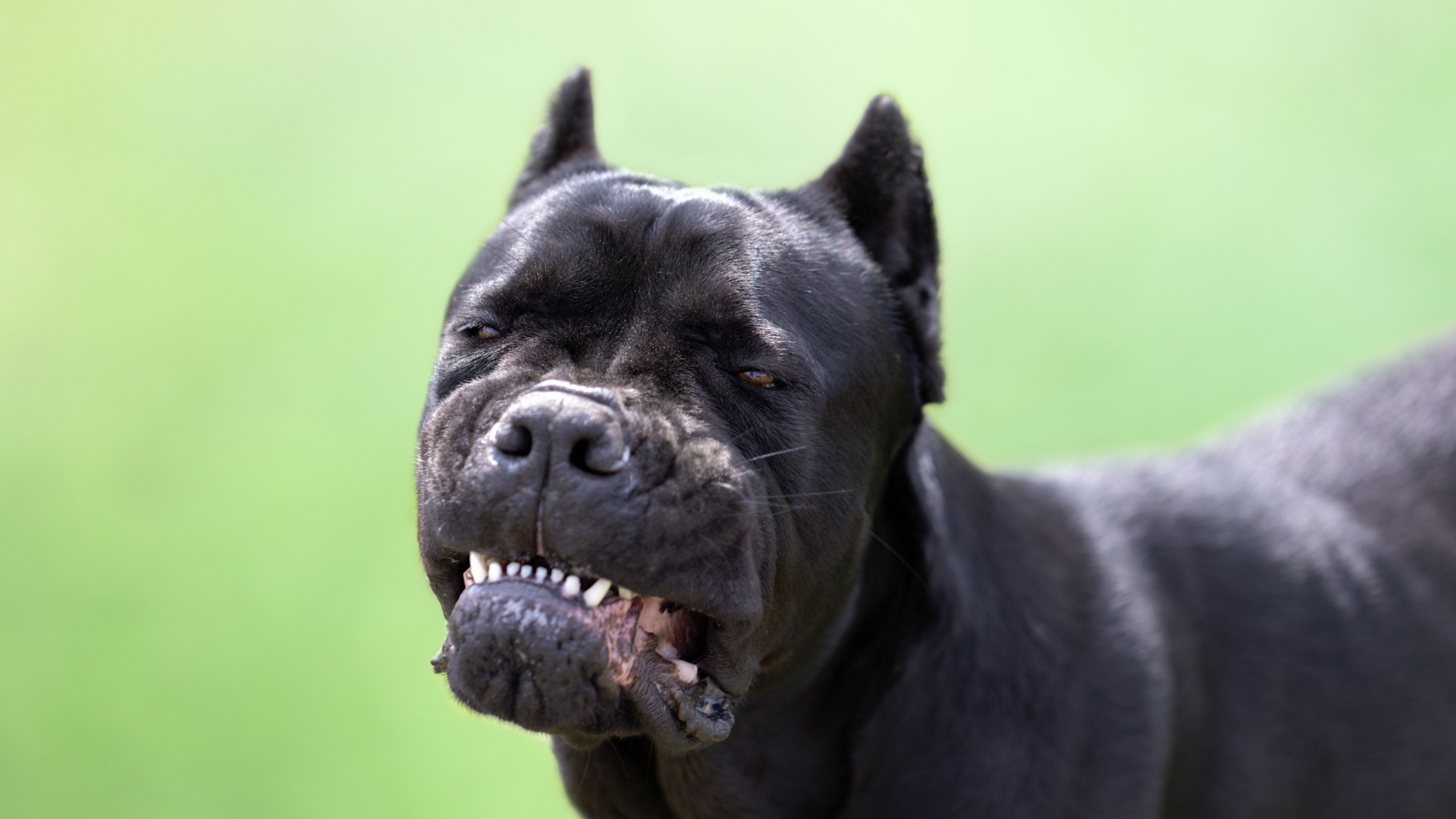
Contents
An underbite in dogs, known as mandibular prognathism, occurs when the lower jaw extends further than the upper jaw, causing the lower teeth to protrude. This condition can lead to various health issues, such as dental problems and difficulty eating. Understanding and caring for dogs with underbites is crucial to ensure their well-being.
This article aims to provide a comprehensive guide on dog breeds with underbites, covering their characteristics, potential health implications, and essential care tips. By understanding these aspects, dog owners can ensure their pets lead healthy, happy lives despite having underbites.
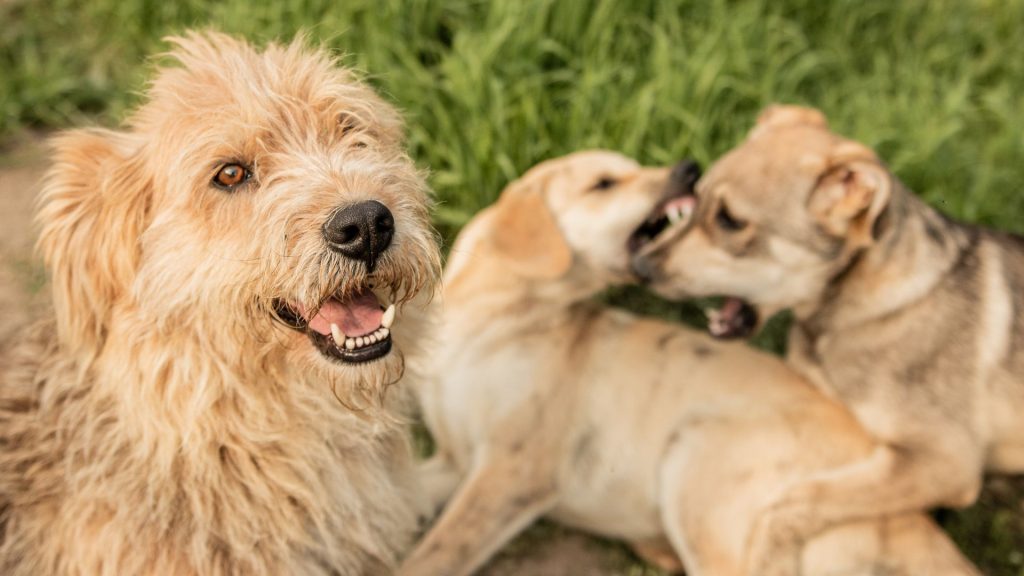
Understanding Underbites in Dogs
An underbite in dogs, known medically as mandibular prognathism, occurs when the lower jaw extends beyond the upper jaw, causing the lower teeth to protrude forward. This misalignment can vary from mild to severe, affecting a dog’s appearance and potentially leading to health issues.
Genetic factors primarily cause underbites in dogs. Many breeds, such as Bulldogs, Boxers, and Pugs, are genetically predisposed to having underbites due to selective breeding practices that emphasize certain physical traits. These breeds often have a naturally shorter upper jaw compared to their lower jaw, resulting in the characteristic underbite.
Developmental issues also contribute to the formation of underbites. Abnormalities in jaw growth or dental alignment during a puppy’s development can lead to this condition. Nutritional deficiencies, trauma, or certain medical conditions during the growth phase can worsen these issues, resulting in an underbite.
Identifying an underbite in your dog is relatively straightforward. Look for signs such as the lower teeth extending past the upper teeth when the mouth is closed. In severe cases, the dog’s lower jaw may appear visibly longer. Regular dental check-ups with a veterinarian help diagnose and monitor the condition, ensuring timely intervention if needed. Early detection and proper care are essential for managing the health and comfort of dogs with underbites.
Common Dog Breeds with Underbites
Several dog breeds are prone to underbites due to their genetic makeup and selective breeding practices aimed at achieving specific physical traits. Here’s an overview of some common breeds with notable underbites:
Bulldogs

Characteristics: Bulldogs are renowned for their distinctive wrinkled faces, muscular build, and broad heads. Their short muzzles contribute significantly to their unique appearance and charm.
Reasons for Underbite Prevalence: Selective breeding practices that favor a shorter upper jaw and a wider lower jaw have made the underbite a standard trait in this breed. This structural trait is so prevalent that it has become a defining characteristic of Bulldogs.
Boxers
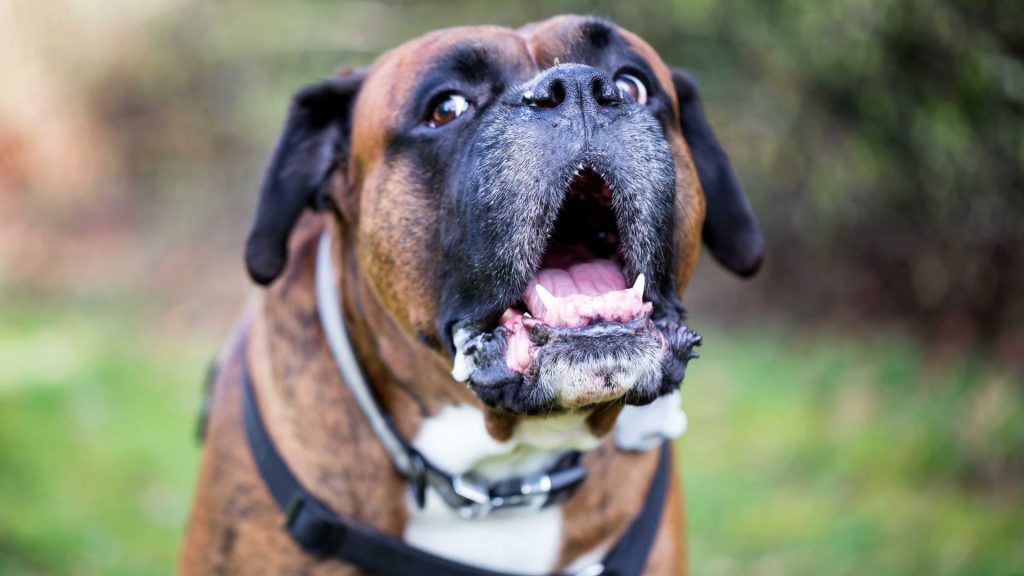
Characteristics: Boxers are athletic, energetic dogs known for their strong, muscular bodies and playful nature. They have a square muzzle and a broad, powerful jaw, which adds to their robust look.
Reasons for Underbite Prevalence: The breeding practices for Boxers emphasize a shorter upper jaw and a pronounced lower jaw, leading to the frequent occurrence of underbites. These traits contribute to their distinctive facial structure and are sought after in the breed standard.
Pugs
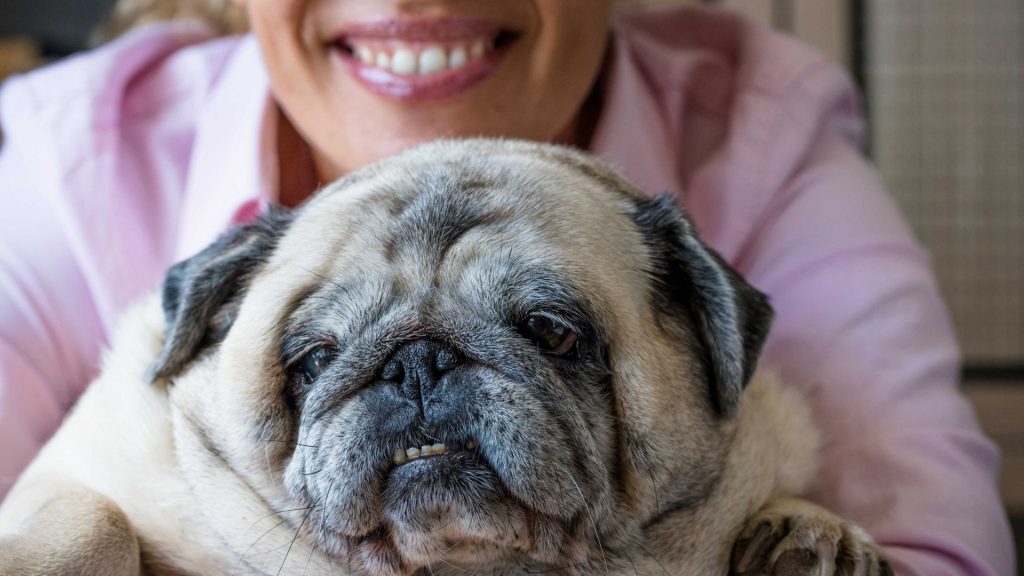
Characteristics: Pugs are small, sturdy dogs with a distinctive wrinkled face, large round eyes, and a short, curled tail. They are famous for their flat and short muzzles.
Reasons for Underbite Prevalence: The breed standard for Pugs includes a short muzzle and a wide jaw, often resulting in an underbite. This facial structure is a key part of their adorable, characteristic look.
Shih Tzus
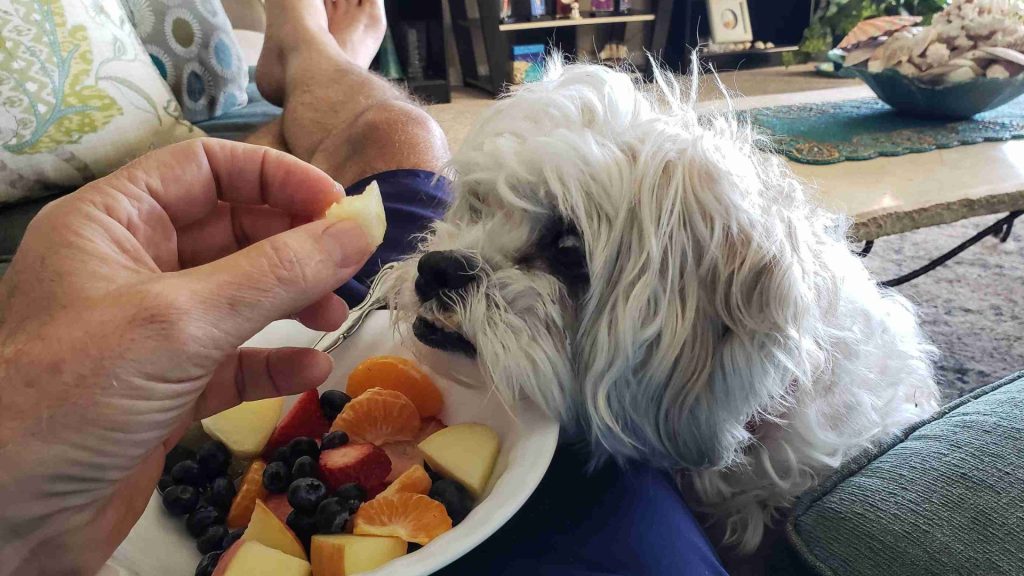
Characteristics: Shih Tzus are small, affectionate dogs with a long, flowing coat and a distinctive pushed-in face. They are known for their friendly and lively personality.
Reasons for Underbite Prevalence: The genetic makeup of Shih Tzus favors a short muzzle and broad jaw, making underbites common in this breed. This trait enhances their endearing appearance and is often considered a breed hallmark.
Pekingese

Characteristics: Pekingese are small dogs with a lion-like mane, a flat face, and a compact body. They are characterized by their broad, short muzzle and regal demeanor.
Reasons for Underbite Prevalence: Selective breeding for their unique facial structure, which includes a broad and short muzzle, often leads to underbites. This feature is integral to their distinctive and noble look.
Other Breeds with Notable Underbites
In addition to these breeds, other dogs like Boston Terriers and Lhasa Apsos may also exhibit underbites due to similar genetic and developmental factors. Boston Terriers, with their compact, muscular build and short muzzle, and Lhasa Apsos, with their long, flowing coats and distinct facial structure, often have underbites as part of their breed characteristics. Each of these breeds has been selectively bred to emphasize certain physical traits that result in underbites, making this feature a common and notable aspect of their appearance.
Health Implications of Underbites
Underbites in dogs can lead to several health implications that owners should be aware of to ensure their pets remain healthy and comfortable.
Potential Dental Issues
Dogs with underbites are prone to various dental problems due to the misalignment of their teeth. Common issues include:
- Tooth Wear: The protruding lower teeth can rub against the upper teeth or gums, leading to excessive wear and possible tooth damage.
- Gum Injuries: Misaligned teeth can cause trauma to the gums, leading to inflammation, pain, and potential infections.
- Tooth Decay: Food particles can get trapped in the misaligned teeth, increasing the risk of plaque buildup, tartar formation, and subsequent tooth decay.

Impact on Eating and Digestion
An underbite can affect a dog’s ability to eat and chew food properly. This can result in:
- Difficulty Chewing: Dogs may struggle to break down food into smaller, digestible pieces, leading to inefficient chewing and potential choking hazards.
- Digestive Issues: Poor chewing can cause larger food pieces to be swallowed, leading to digestive problems like bloating, indigestion, and discomfort.
- Selective Eating: Some dogs might avoid certain foods that are harder to chew, potentially leading to nutritional imbalances.
Long-term Health Considerations
Over time, the issues caused by underbites can have broader health implications, such as:
- Chronic Pain: Persistent dental and gum problems can result in ongoing pain and discomfort, affecting the dog’s overall quality of life.
- Behavioral Changes: Pain and difficulty eating can lead to changes in behavior, including irritability, decreased appetite, and reluctance to engage in normal activities.
- Increased Veterinary Costs: Managing dental issues and related health problems can result in frequent veterinary visits and higher medical expenses.
Understanding these health implications is crucial for dog owners to provide appropriate care and prevent complications associated with underbites. Regular dental check-ups, proper diet, and attentive care can help mitigate these risks and ensure the well-being of dogs with underbites.
Care Tips for Dogs with Underbites
To ensure the well-being of dogs with underbites, regular dental check-ups are essential for monitoring and addressing any dental issues. Use proper feeding techniques by providing smaller, softer food to make chewing easier and prevent digestive problems. Maintain dental hygiene by brushing your dog’s teeth regularly and using dental wipes or rinses to prevent plaque buildup. Provide specialized toys and chews designed to promote dental health, avoiding those that are too hard and could cause tooth damage. These steps will help manage the challenges associated with underbites and keep your dog healthy and happy.
Managing and Treating Underbites

When to Consult a Veterinarian
Consult a veterinarian if your dog shows signs of discomfort, difficulty eating, or noticeable dental issues due to an underbite. Regular check-ups can help monitor the condition and prevent complications.
Possible Treatments and Interventions
Orthodontic Procedures
In some cases, orthodontic procedures can help realign the teeth and jaws. These treatments are typically used for mild to moderate underbites and can significantly improve dental function and comfort.
Surgery (in Severe Cases)
For severe underbites that cause significant health issues or discomfort, surgical intervention may be necessary. This can involve jaw realignment or tooth extraction to alleviate pain and improve the dog’s quality of life.
Non-invasive Management Strategies
For less severe cases, non-invasive strategies like regular dental cleanings, providing soft food, and using dental chews can help manage the condition. These methods focus on maintaining oral health and preventing further complications without the need for surgical intervention.
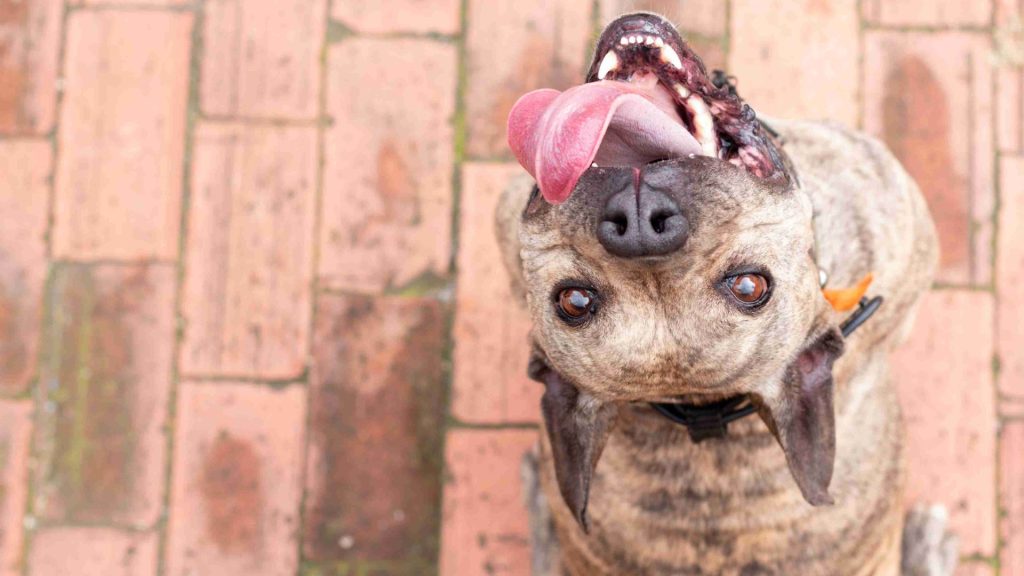
Living with a Dog with an Underbite
Living with a dog with an underbite requires adapting to their unique needs to ensure they lead a happy and healthy life.
Adapting to Their Needs
Owners need to be mindful of their dog’s specific requirements. This includes providing appropriate food that is easy to chew, ensuring regular dental care, and being vigilant about any signs of discomfort or dental issues. Tailoring these aspects to the dog’s needs helps in preventing potential health problems.
Ensuring a Happy and Healthy Life
Ensuring a dog with an underbite has a happy and healthy life involves creating a supportive environment. Regular veterinary visits, maintaining a balanced diet, and engaging in activities that do not strain their jaw are crucial. Owners should also invest in suitable toys that promote dental health without causing damage.
Stories and Testimonials from Owners of Dogs with Underbites
Many owners of dogs with underbites share positive experiences, noting that with proper care, their pets live full and joyful lives. Testimonials often highlight the unique charm and character of these dogs, as well as the rewarding experience of addressing and managing their special needs. These stories serve as an inspiration and a reminder that with love and attention, dogs with underbites can thrive just as well as any other pets.
Conclusion:
Understanding and caring for dogs with underbites is crucial for their overall well-being. We explored the definition and causes of underbites, identified common breeds prone to this condition, discussed the health implications, and provided practical care tips. Managing underbites involves regular dental check-ups, appropriate feeding techniques, and proper dental hygiene. Ensuring your dog receives regular veterinary visits and proper care is essential to manage underbites effectively.
Routine check-ups help monitor their dental health and address any emerging issues early. Providing a supportive environment tailored to their needs can prevent complications and promote a healthy lifestyle. Dogs with underbites possess a unique charm that endears them to their owners. Despite the challenges associated with this condition, with the right care and attention, these dogs can lead happy and fulfilling lives. Embracing their distinctive traits and providing them with the necessary care will ensure they thrive and continue to bring joy and companionship to their families.
Discover more about pet safety and care at PetFleck.com. Visit now to find expert tips and resources for responsible pet ownership!

Hello, I’m Donna Carter, the founder and writer behind PetFleck.com. My journey with dogs started years ago, and it’s been a passion that has only grown stronger over time. I’ve always been fascinated by the unique behaviors and characteristics of different dog breeds, and this curiosity has led me to dive deep into the world of canine studies.
My love for dogs is the driving force behind everything I do. I’ve dedicated countless hours to researching and understanding the nuances of dog care, training, and breed-specific traits. This dedication helps me create content that is not only informative but also genuinely helpful for fellow dog lovers and owners.
At PetFleck, I combine my extensive knowledge and hands-on experience with my passion for dogs to provide valuable insights and tips. Whether it’s exploring different breeds or offering practical advice on dog care, I aim to share knowledge that makes a real difference in the lives of dogs and their families.
I’m thrilled to share my love for dogs with you through my writing. I hope my articles inspire and inform, helping you to better understand and appreciate the incredible bond we share with our furry friends.
Thank you for visiting PetFleck.com, and I look forward to connecting with you through our shared love of dogs!





